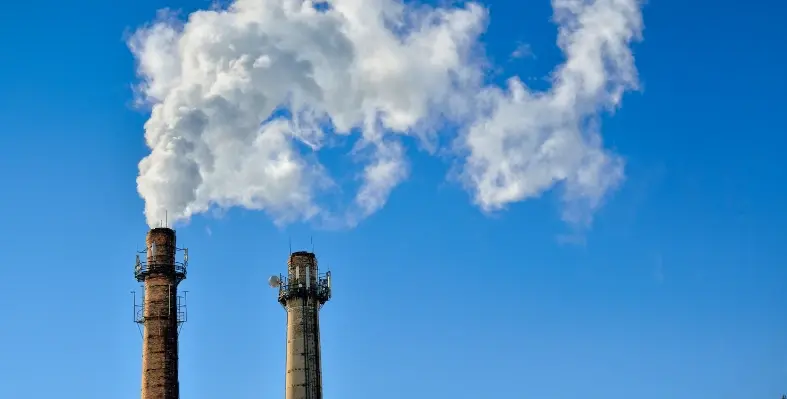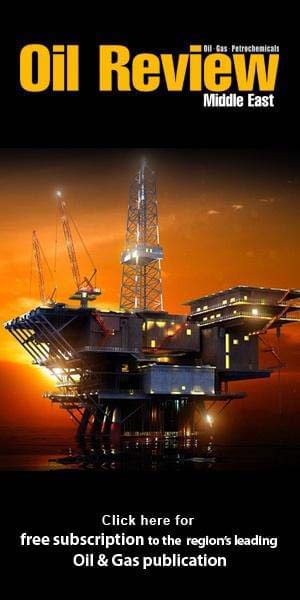Fossil fuel operations in the Middle East and North Africa emitted around 20 Mt of methane in 2024, nearly all from oil and gas operations, with Iraq, Iran and Algeria accounting for more than 30% of the flared volumes and related methane emissions, according to the IEA’s latest Global Methane Tracker 2025
The annually updated Global Methane Tracker presents the IEA’s latest sector-wide emissions estimates – based on the most recent data from satellites and measurement campaigns – and discusses the various abatement options.
Flaring is a leading source of the MENA region’s emissions, accounting for around 25% of the total. Performance varies greatly, with Libya, Algeria and Iran having upstream methane intensities that are two to six times higher than Saudi Arabia, Qatar and the United Arab Emirates – all of which perform better than the global industry average.
Satellites made more than 800 methane emission observations over Algeria, 400 in Iran, and 165 in Iraq, with incomplete combustion from burning pits identified as the leading source of emissions in Algeria and Egypt, followed by gas lift system vents and equipment venting. A previous campaign in Iraq found flaring and direct venting as major sources. The IEA is working alongside the Clean Air Task Force and CCAC to support Iraq’s oil and gas mitigation efforts.
Many of the region’s national oil companies have joined the OGDC (Oil & Gas Decarbonization Charter) or OGMP 2.0 (Oil & Gas Methane Partnership), including the UAE’s ADNOC, Libya’s National Oil Corporation (NOC), Saudi Arabia’s Aramco, Bahrain’s Bapco Energies and Petroleum Development Oman. All countries in the region participate in the Global Methane Pledge except for Algeria, Iran and Syria, with many also taking part in the World Bank’s Zero Routine Flaring by 2030 Initiative. However fewer countries have developed regulations focused on limiting oil and gas methane emissions. Flaring and venting restrictions are common in most countries, but flared volumes have increased by over 50% since 2010.
Global methane emissions remain stubbornly high
Globally, the fossil fuel sector is responsible for nearly one-third of methane emissions from human activity. Record production of oil, gas and coal, combined with limited mitigation efforts, has kept emissions above 120 million tonnes (Mt) annually.
Abandoned wells and mines – included in this year’s Global Methane Tracker for the first time – contributed around 8 Mt to these emissions in 2024. Closure plans should include measures to mitigate methane emissions, the IEA says, noting that timely action is critical for effective mitigation as most emissions result from mines and wells that have recently been abandoned.
A further 20 Mt of methane arises from bioenergy production and consumption.
According to the Tracker, around 70% of annual methane emissions from the energy sector could be avoided with existing technologies such as leak detection and replacing faulty equipment. The IEA points out the cost-effectiveness of such measures, since the gas that is captured can be resold.
The Tracker finds that methane abatement could have made around 100 billion cubic metres of natural gas available to markets in 2024. A further 150 billion cubic metres of natural gas is flared globally each year, the majority of which is part of routine practices and can be avoided.
IEA analysis finds a huge range in methane emissions intensities across different countries and companies. Raising awareness and spreading best practices are essential to narrow this gap, it notes.
Satellites are bringing increased transparency, with satellite-detected emissions from super-emitting methane events at oil and gas facilities rising to a record high in 2024.
While current methane pledges by companies and countries cover 80% of global oil and gas production, only around 5% of global oil and gas output demonstrably meets a near-zero methane emissions standard. The focus should now be on turning pledges into action, the IEA says, with strong action needed to prevent a 0.1% C rise in global temperatures by 2050.
“Tackling methane leaks and flaring offers a double dividend: it alleviates pressure on tight gas markets in many parts of the world, enhancing energy security – and lowers emissions at the same time,” said IEA executive director Fatih Birol. “However, the latest data indicates that implementation on methane has continued to fall short of ambitions. The IEA is working to ensure that governments and industry have the tools and knowledge they need to deliver on pledges and achieve the goals they have set.”





